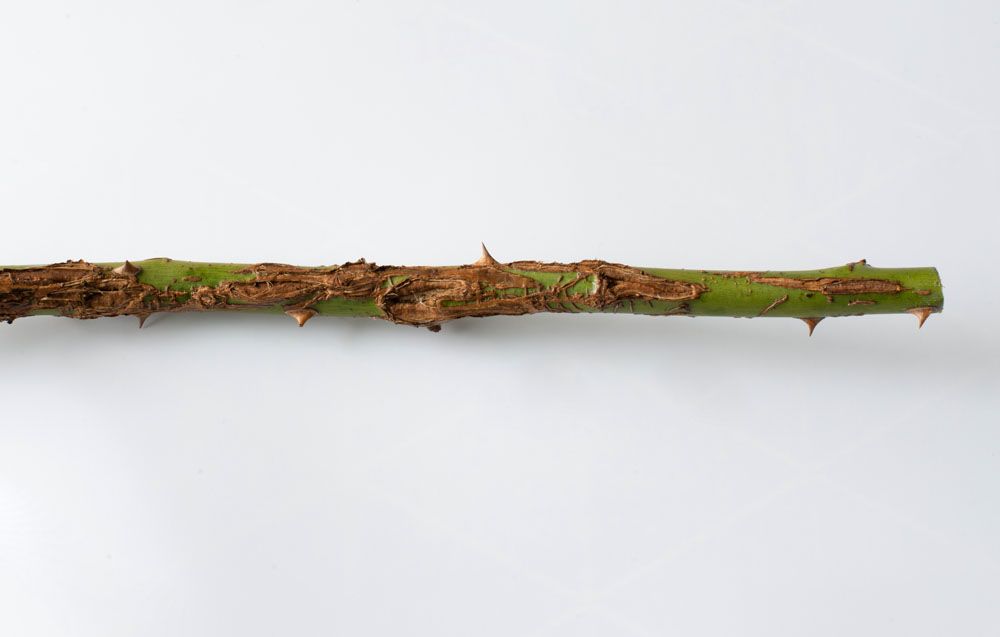
Rose Stem Canker and Dieback
Rose Canker & Dieback
Meta Description: Rose canker and dieback can kill your plant within days. So, read out this article to know about rose canker and dieback and how to prevent your plant from it.
Seeing your roses blooming and blushing is the best feeling for a gardener. But sometimes discolored and dead spots appeared on the stem. So what are these spots? These spots are caused by rose canker and dieback diseases. If these diseases are left untreated may kill your blooming roses. So, read out the whole article to find out what Rose Canker and Dieback is? What are their symptoms, and how to treat them?
Rose Canker:
Due to their vibrant beauty, roses are planted with much passion. But they are the plant that requires a lot of care and maintenance if you want to get scented and adorable flowers. It is susceptible to many diseases, and rose canker is one of them that may kill them if left untreated. The most common agent that causes rose canker is a pathogenic fungus Coniothyrium spp. So what happens is when we prune the rose, or an open wound develops, this fungus finds the place to enter into the plant body and start colonizing. Ultimately it causes the death of the canes, and the rose plant wilts.
Symptoms of Rose Canker:
Small round lesions appear on the canes as the initial symptoms. The lesions can be black, reddish-purple. Yellow or brown in color. As the disease progresses, the lesions enlarge and become brown with dark edges. In severe cases, the entire stem gets covered with the lesions; if left unchecked, it may spread to the crown, and the plant may die. The spores of the canker spread to other plants via wind and water.
Management of Rose Canker:
Prune out the infected canes well below the point of infection with a pruner and spray a good fungicide on the cane after cutting so that new fungus don’t colonize.
Sterilize your pruner with a bleach solution to sterilize it before routinely pruning.
Rose Dieback:
You plant your roses on good soil with proper management and hope to see the blooming flowers. However, sometimes shoots and branches dieback. It may be attributed to any of the factors like poor care, weather conditions, fungus attack, or a combination of these factors. It means any factor, whether biotic or abiotic, that poses stress on the rose plant can lead to dieback. Canker-causing fungi can also affect a plant already suffering from dieback and worsen the situation.
Causes & Symptoms of Rose Dieback:
There is blackening or browning of the stem that starts from the tip that moves downwards, engulfing the whole plant causing its death. Black fungal spores sometimes are visible on the affected areas if the disease is caused by fungus. Sometimes the root decay also causes dieback. Sometimes improper care like poor quality soil, overwatering, or underwatering can cause this problem.
Management of Rose Dieback:
Ensure the good quality of the soil in which you grow the rose plants.
Don’t overwater or underwater the plant and keep checking the drainage.
Sterilize your pruner before pruning.
If you notice any fungal cause, use broad-spectrum fungicides containing Carbendazim and Mancozeb as active ingredients.
